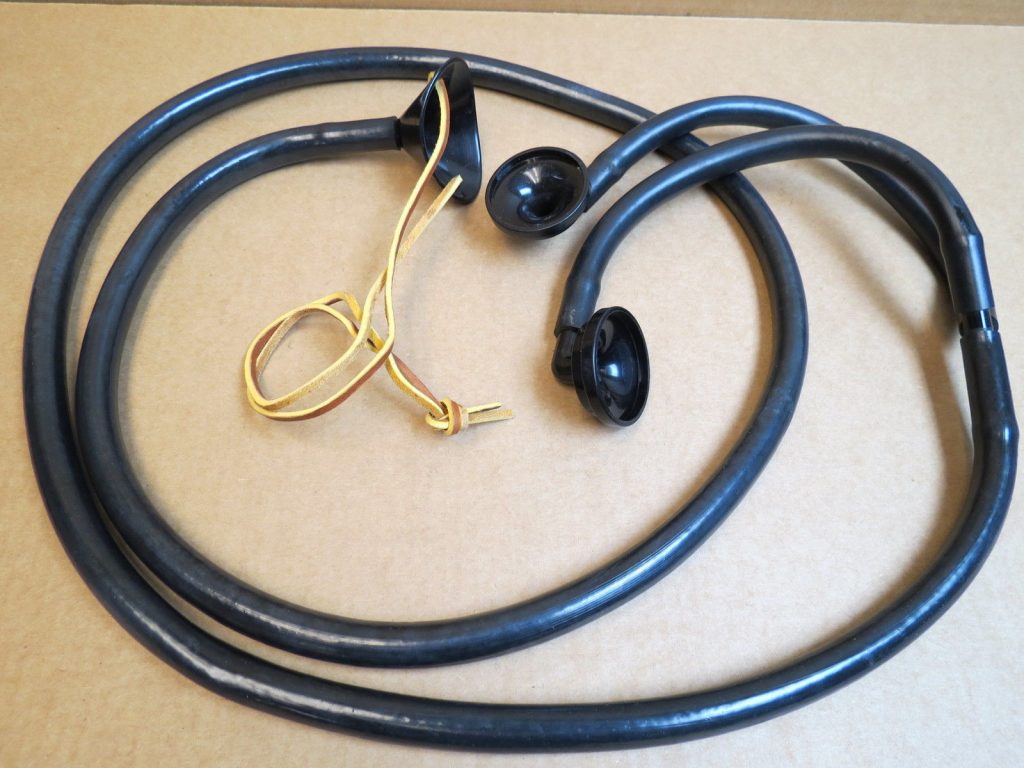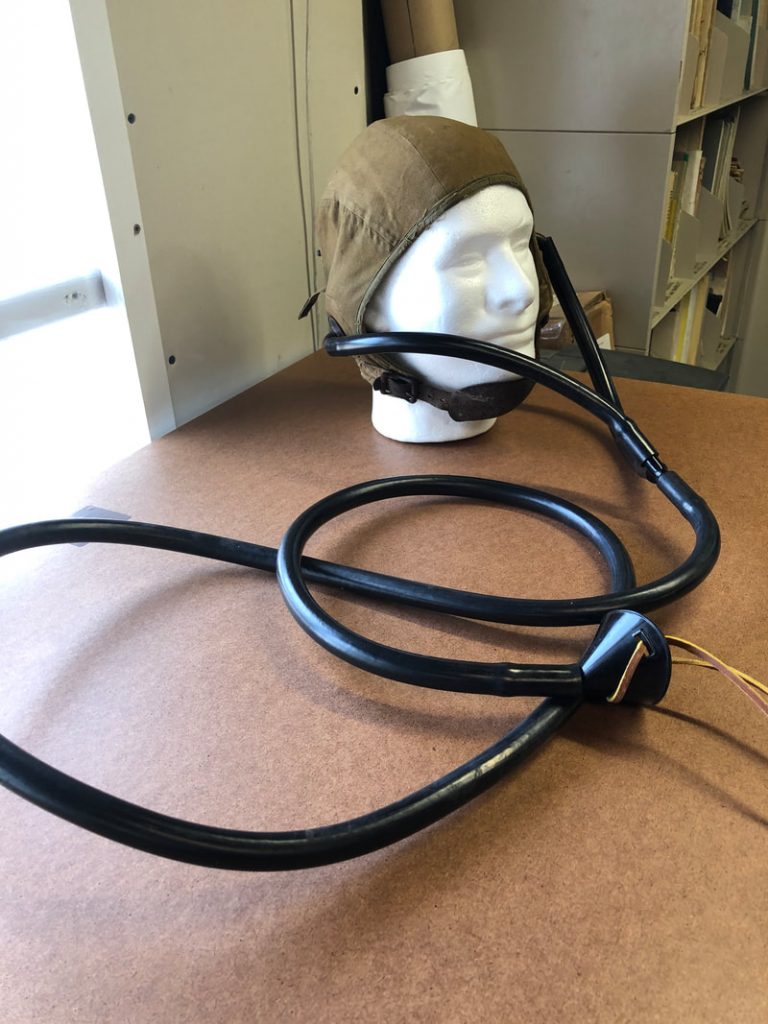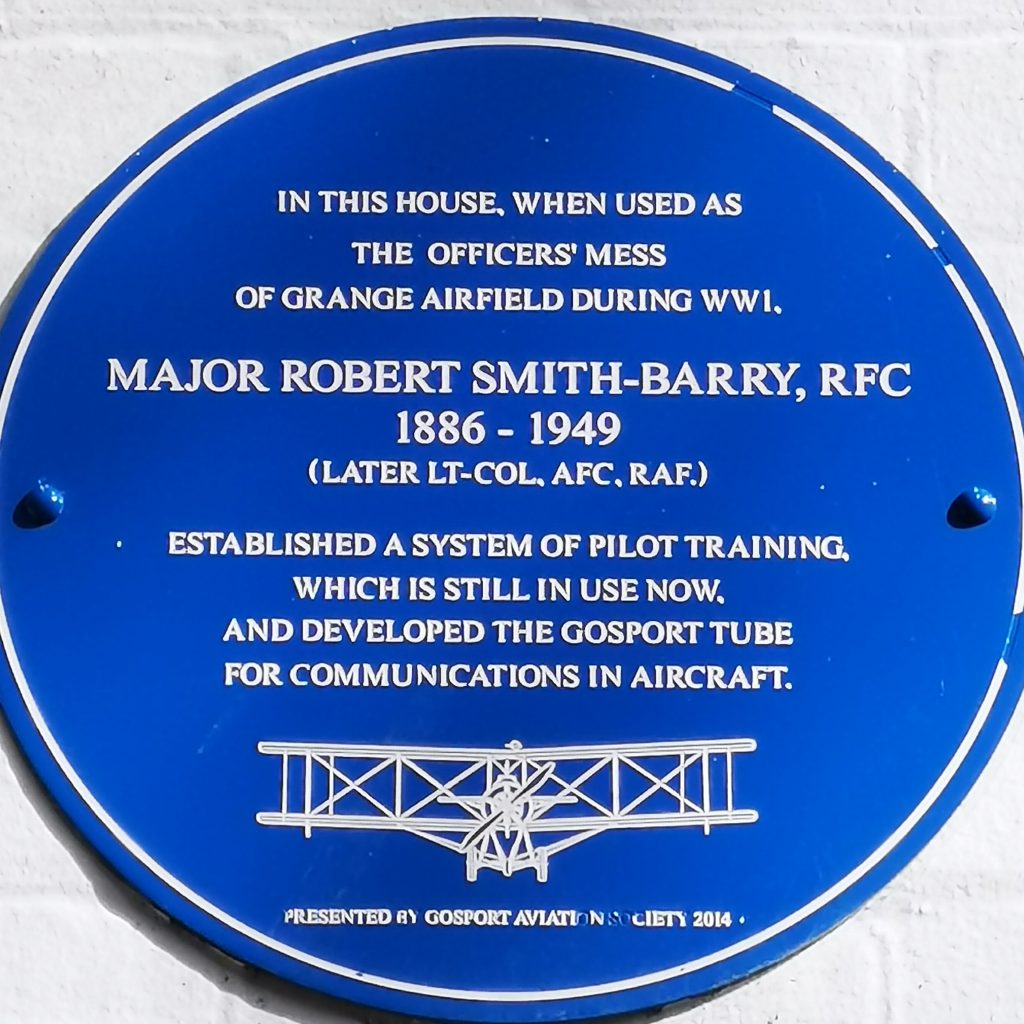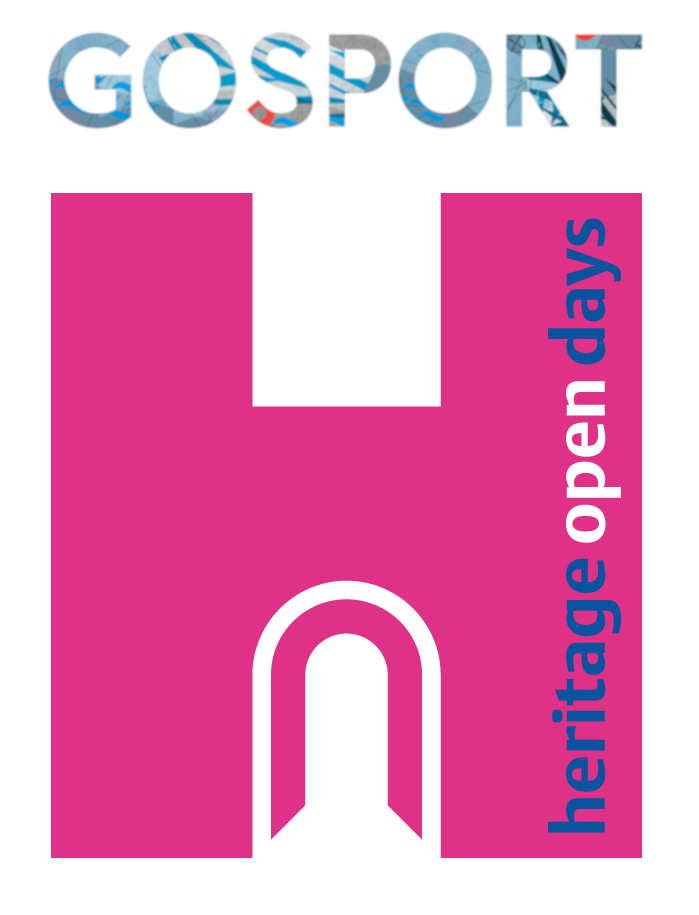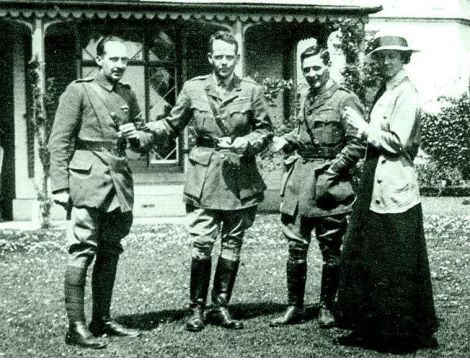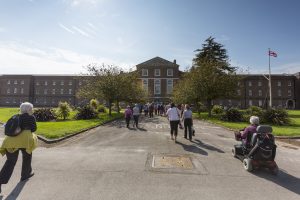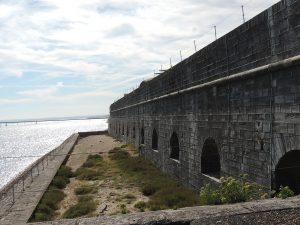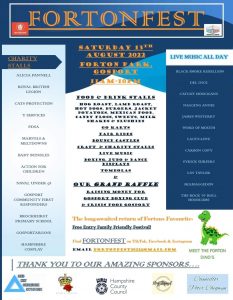Did you know that the Gosport Tube, a method of enabling instructors to talk to trainee pilots was invented in Gosport during the First World War? This is probably the most important Gosport Invention to date.
In 1917 Major Robert Raymond Smith-Barry took over No.1 (Reserve) Squadron at Grange Airfield, Gosport. He began training new pilots in the elements of flying. He developed and had fitted dual controls to six Sopwith aircraft and used these as well as six Avros and six Bristol Scouts. Smith-Barry organised each flight so that it was a self contained unit, enabling instructors to train their pupils right through from start to finish.
However, this was not straightforward. The problem for the instructor on how to communicate with the trainee pilot, while in the air, was one which baffled Smith-Barry at first. In 1912 a primitive speaking and listening tube known as the ‘Audiophone’ could be bought for three and a half guineas and some aircraft were fitted with this appliance – but they proved to be of little use.
Smith-Barry bought a set of electrical gear and wired it up at Alverbank, the Officer’s Mess, in Gosport. He played the piano in one room and his sergeant listened in another. It seemed to work well so they fitted it into an Avro airplane, however the engine noise meant that neither could hear the other.
As the electrical system had proved to be a failure Sidney Parker, a young pilot working as a flight commander instructor with Smith-Barry, began experimenting with the tubes fitted to some aircraft. This device consisted of a hollow tube like a stethoscope into which the instructor could speak directly to his pupil in the pilot’s seat, the tube ending in earpieces in the trainee’s helmet.
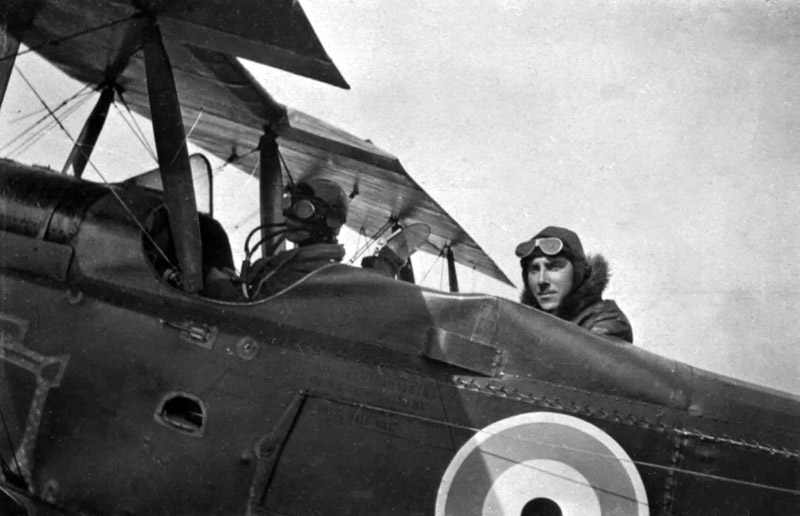
A former parlourmaid at Alverbank recounted how Smith-Barry and his instructors trailed tubes and wires from room to room, testing their voice levels and getting cross if the domestic staff dared move or even tiptoe round the tangle of primitive-looking equipment.
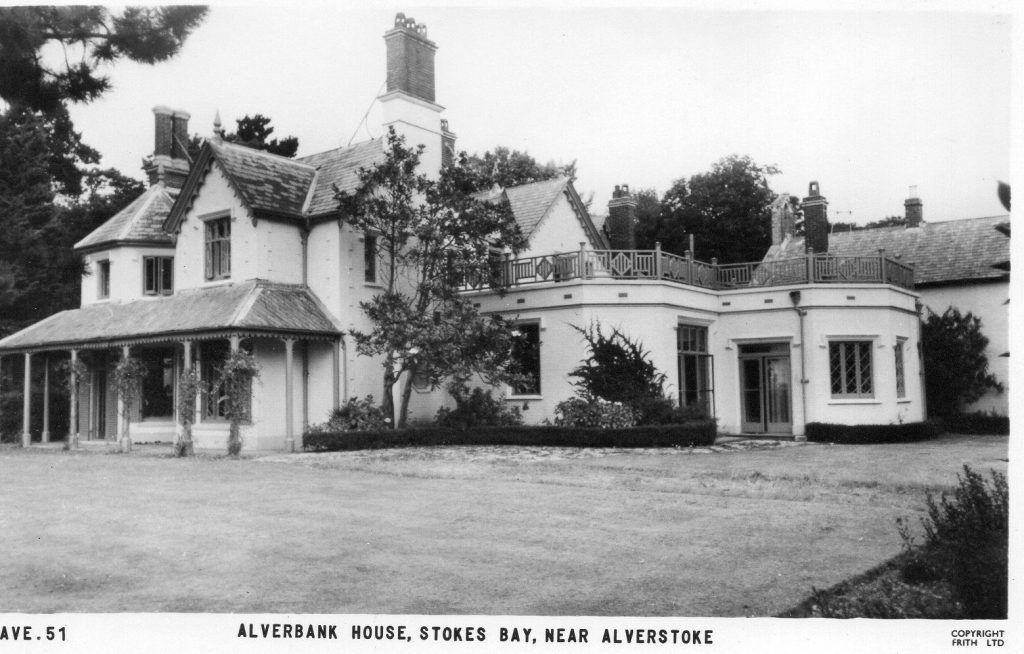
Sidney Parker wrote in his diary about how for the purpose of economy he used a single tube with, at each end, ear pieces for listening and a funnel for speaking into. Again the tube failed with the sound of the voice being drowned by engine-noise. He then had two sets made up for a test with separate tubes with ear pieces at one end and a speaking funnel on the other.
It was a beautiful Sunday morning that Sidney Parker tried out a set with his pupil they were delighted that they could now hear what each other said as though we were speaking without engine noise.
The successful test flight for the Gosport Tube took place over the Solent on 20th June 1917 and the equipment was immediately put in to use at Grange Airfield, Gosport. The Gosport speaking tube was an immediate success and all machines were fitted with it. For the first time the instructor could communicate with the trainee, explaining in full detail what was going on at all times, without having to stall the engine or use hand signals.
This simple device, which became known as the ‘Gosport Tube’, was in use with air forces all over the world until the 1950s.
Come and see the tube at HMS Sultan’s museum
Programmes are out now and BOOKING OPENS AT 9:30AM ON 20 AUGUST 2022
Don’t forget to sign up to our email list for latest news and programme.
